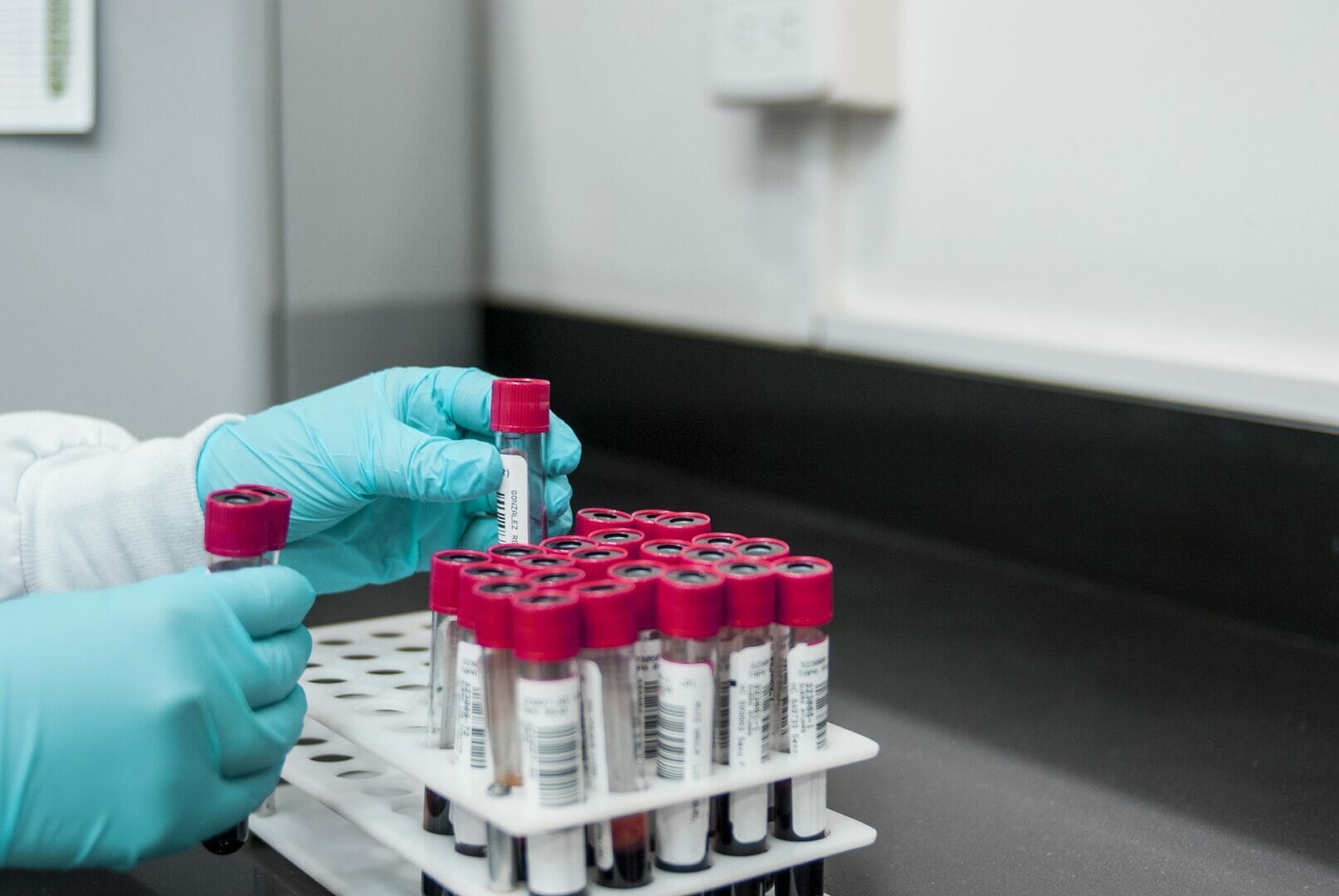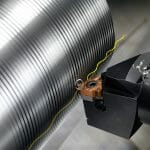Medical conditions such as meningitis, an infection of the protective membranes that surround the brain and spinal cord, can be very serious if not treated quickly. Medical testing provides doctors with the clarification needed to administer the best treatment — fast. Here Stewart Goulding, managing director of precision drive system supplier, EMS, explores how medical testing is being improved further by precision micromotors.
Over one million patients complete an NHS Health Check each year, which involves a number of measurements and tests, such as a blood test. The demand for medical testing is high, and the associated laboratories and equipment must be able to keep up. Automation has moved analysis away from a reliance on manual testing, bringing faster and more accurate results.
The automated lab
Medical testing laboratories process thousands of samples a day, and have to carry out a multitude of different tests. Laboratories perform in vitro diagnostics, which are tests conducted on samples taken from the human body to diagnose a disease or health condition.
Automation is boosting the productivity and accuracy of laboratories. For instance, a robotic lab assistant designed by scientists at the University of Liverpool was able to perform 1,000 times faster than a human in trials. Being able to work seven days a week for 22 hours a day, with two hours to recharge each night, the robot can move around the laboratory and conduct scientific experiments just like a human.
Almost the entire analysis process can be automated in a medical testing laboratory. A scanner can inspect the barcode on the sample and record the type of analysis required. The sample can then be moved around the laboratory on a motorised conveyer belt or small trolley with a wheel drive to the relevant analysis station.
There, a robotic arm can pick up the sample and place it into the testing machine. This could be a motorised centrifuge, for example, which can separate the sample into its components, such as blood into red blood cells, platelets and plasma. Drive technology is also used in processes such as pipetting, liquid handling, mixing and stirring.
Motor musts
By selecting a high quality drive system, design engineers can improve the performance of automated testing equipment. For instance, a high torque motor can allow a conveyer belt to transport heavy loads of samples. Drive systems that are able to achieve high speeds enable robotic arms to pick and place samples at a fast rate.
It’s important that these systems remain as compact and lightweight as possible to keep the bulk of equipment at a minimum, allowing many testing devices to fit into the laboratory floor space. High accuracy and efficiency is also a crucial requirement, ensuring the machines perform to precise measurements and can reliably operate for long periods of time.
Sole UK supplier of FAULHABER motors, EMS, supplies the FAULHABER BXT series, a range of high performance brushless motors. Their external rotor and innovative winding technology delivers a high torque of up to 134 millinewton meters (mNm) and a continuous output up to 100 watts (W). With a flat construction, the motors are available in lengths as short as 14 millimetres (mm), making them a power dense solution for automated equipment.
Understanding the root cause of a patient’s symptoms is crucial for doctors to evaluate the best treatment for recovery. Automated equipment powered by precision micromotors with high torque are speeding up medical testing equipment and facilities — bringing patients relief faster.








